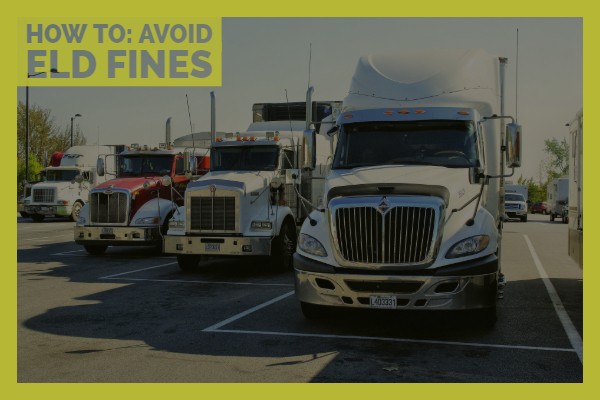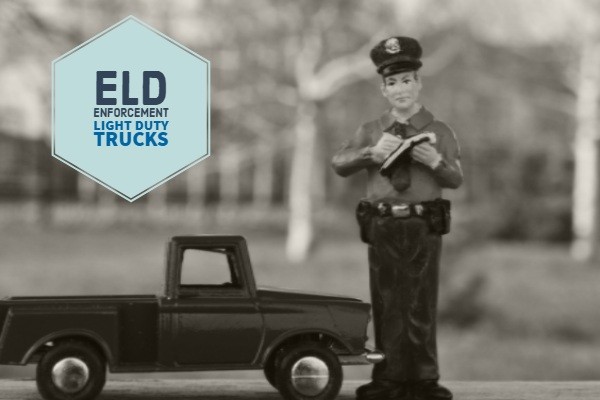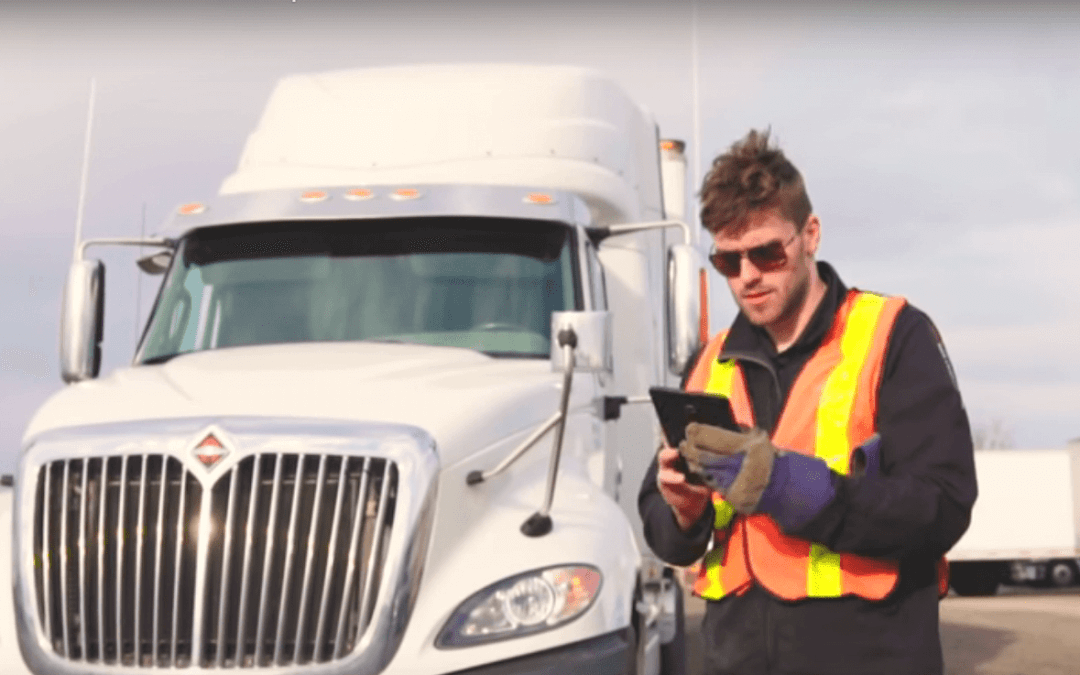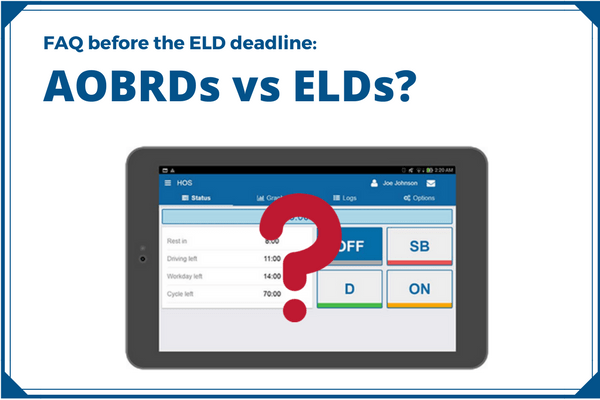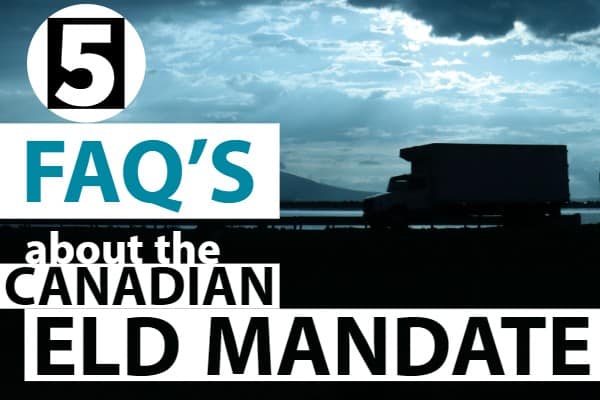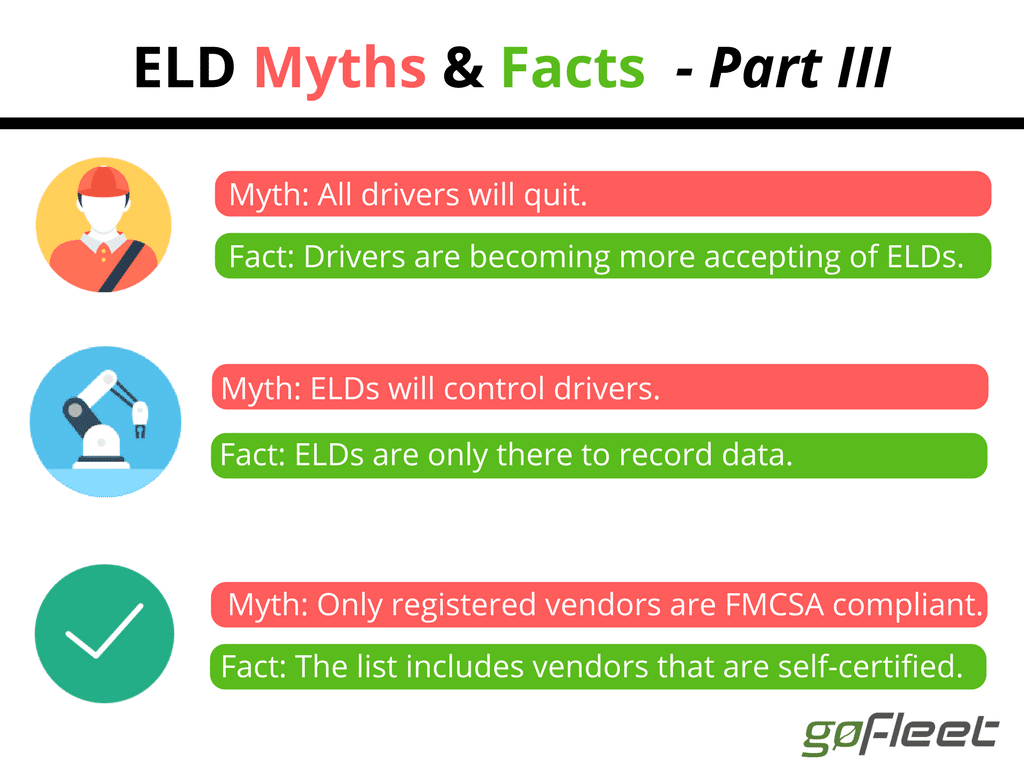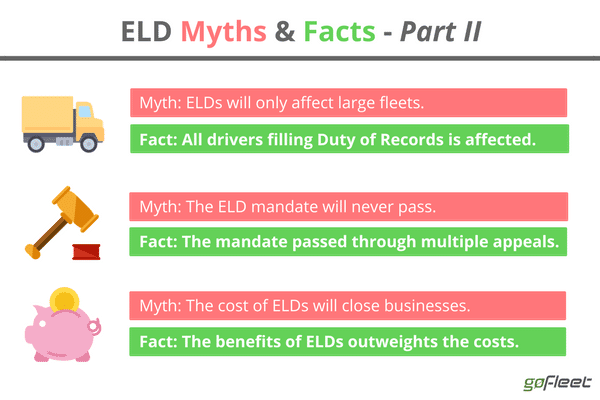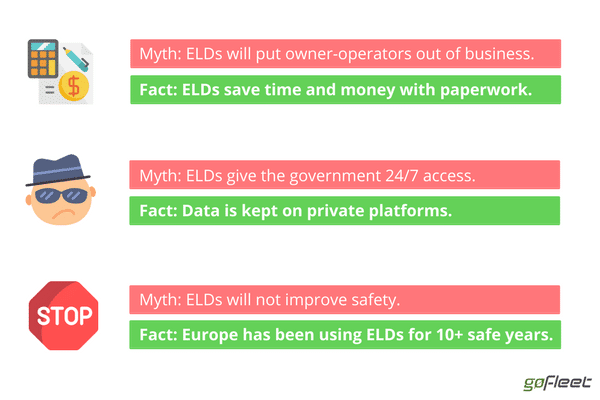Earlier in April, DOT officers started fully enforcing ELDs. Carriers and drivers must maintain ELDs and understand how to go through an ELD inspection. Unfortunately, since April, many drivers and fleets earned ELD mandate fines for avoidable mistakes. Let's look at some strategies on how to avoid ELD mandate fines. This guide covers: 1) What are some common ELD...
April 25, 2018
Jimmy Song
It has been a few weeks since the FMCSA started enforcing ELD for light duty trucks and heavy duty trucks. Since April 1, officers issued fines for ELD violations. How are carriers doing so far? Compliance Rates According to CarrierLists, ELD compliance is high. As of an April 2nd survey, 91% of carriers have complied with regulations. Beyond national numbers,...
December 12, 2017
Jimmy Song
Across the country, many drivers are starting to electronically record their DOT HOS logs. Since a lot of drivers are used to paper logs, switching to ELDs is a big change. In fact, one common concern is teaching drivers how to use ELDs. “A lot of our drivers don’t even have phones and other drivers still use flip phones,” said...
December 5, 2017
Jimmy Song
One of the hottest questions as the ELD mandate deadline approaches is what is the difference between AOBRD vs ELD. AOBRDs vs ELDs Guide This guide is separated into 4 sections: 1 - What is an AOBRD? 2 - Why do some fleets use AOBRDs? 3 - Is Geotab Drive an AOBRD or ELD? 4 - Why are ELDs the...
September 6, 2017
Jimmy Song
Transport Canada announced in 2016 that there will be a Canadian ELD Mandate. This rule would require many bus and truck drivers to use electronic logs to report their Records of Duty. It also brings Canadian regulations in line with our American neighbours, who require ELD compliance by December 2017. Let’s run through some of the frequently asked questions about...
Looking forward to more Mythbusters! The original Mythbuster series ended in 2016. Fans of the series, however, were given a pair of great news. In late 2016, the hosts returned on Netflix with a similar series called the “White Rabbit Project”. A Mythbusters spinoff was also announced. Contestants will compete on a televised series called “Mythbusters: The Search” to...
More Mythbusters Last time, we saw the Mythbuster team test the myth of if a coin-drop from a tall building could kill a pedestrian. This week, we look at a common traffic myth: do "weavers" save time? Let’s face it. Almost all of us had to (or wanted to) rush to a destination. Some of us try to save time...
Mythbusters Mythbusters is one of my favourite Discovery Channel series. In this show, common myths are supported or “busted” through scientific experiments. In one episode, the hosts tested the myth that a coin-drop from a tall building could kill a pedestrian walking at the ground level. This thought dropped on my head (pun intended) a few times as I live...
The Tracy Morgan Story Tracy Morgan is coming back! For those who are unfamiliar, Morgan is a legendary comedian who came from a tough childhood to making millions of people laugh. He appeared in movies, TV series, and Saturday Night Live. Netflix recently advertised “Staying Alive”, Morgan’s first special in a few years. A few years ago, in 2014, Morgan...
May 15, 2017
Victoria Gole
Switching from one ELD or telematics provider to another is not the easiest process. However, if you are having issues with your current provider, sticking with them simply because you are worried about making the jump isn't good either. Once you've reached a decision, it's important to ask the right questions to reduce the pain of switching and prevent any...
